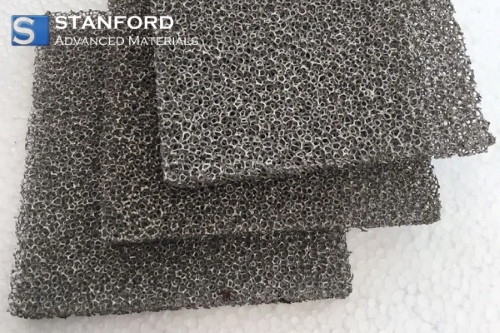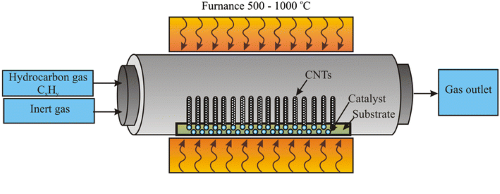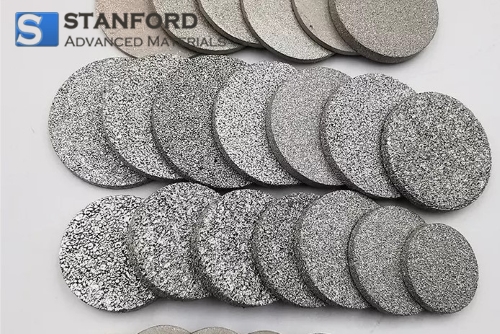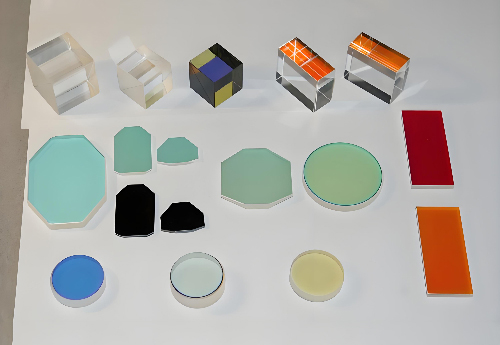Tantalum Metal Foam: An In-Depth Guide
Introduction to Tantalum Metal Foam
Tantalum (Ta) is a rare, hard, blue-gray metal known for its exceptional properties, making it highly valuable in various industrial sectors. It boasts a high melting point of about 3017°C, excellent ductility, and outstanding resistance to corrosion, especially by acids. These attributes make tantalum a preferred choice for applications in electronics, aerospace, and chemical industries.
Tantalum metal foam is a porous material created from tantalum metal. This innovative material combines the inherent properties of tantalum with the benefits of a foam structure, including high surface area, low density, and enhanced mechanical properties. It is used in medical implants, heat exchangers, filtration systems, catalysts, and energy storage devices.
This article is going to discuss its features, uses, and alternatives. Hope that you can have a better understanding.

Properties of Tantalum Metal Foam
Tantalum metal foam is a remarkable material that combines the intrinsic properties of tantalum. Below are the key properties of tantalum metal foam:
- Corrosion Resistance: Tantalum metal foam retains the excellent corrosion resistance of bulk tantalum, making it ideal for use in harsh chemical environments where other materials would degrade quickly.
- Biocompatibility: Tantalum is biocompatible and non-toxic, which makes tantalum metal foam a suitable material for medical implants and devices. Its compatibility with human tissue ensures it does not cause adverse reactions when used in medical applications.
- Thermal Conductivity: Despite its porous nature, tantalum metal foam maintains good thermal conductivity, allowing it to effectively transfer heat. This property is particularly beneficial in applications requiring efficient heat dissipation.
- Mechanical Strength: The foam structure of tantalum metal foam provides a high strength-to-weight ratio, making it robust yet lightweight. This combination is advantageous for applications where weight savings are critical without compromising strength.
- High Surface Area: The porous structure of tantalum metal foam results in a high surface area, which enhances its performance in catalytic reactions and filtration processes. The increased surface area allows for more active sites, improving efficiency in these applications.
Manufacturing Methods
To obtain such metal foams, you can employ several advanced manufacturing techniques, each providing unique advantages and precise control over the material's properties.
- Chemical Vapor Deposition (CVD):
CVD involves depositing tantalum onto a substrate in a controlled environment, creating a foam structure. This method allows for precise control over the foam's properties, including its porosity and density.
 [1]
[1]
- Powder Metallurgy:
In powder metallurgy, tantalum powder is compacted and sintered to form a porous structure. This technique is versatile and can produce tantalum metal foam with varying porosities and mechanical properties.
- Electrochemical Deposition:
Electrochemical deposition involves electroplating tantalum onto a scaffold, which is later removed to leave behind a foam structure. This method enables the creation of complex and uniform foam structures.
Applications of Tantalum Metal Foam
These unique properties make it highly suitable for a variety of advanced applications across multiple industries. Its biocompatibility, high surface area, thermal conductivity, and corrosion resistance are particularly advantageous in the following areas:
- Medical Implants:
Due to its biocompatibility, tantalum metal foam is ideal for medical implants such as bone and dental implants. Its porous structure promotes osseointegration, where the bone grows into the implant, ensuring stability and longevity.
- Catalysts:
The high surface area of tantalum metal foam makes it an excellent catalyst support. It can enhance the efficiency of catalytic reactions in chemical processes, leading to more effective and economical operations.
- Heat Exchangers:
Tantalum metal foam's good thermal conductivity and corrosion resistance make it suitable for heat exchangers in aggressive environments, such as those found in chemical processing plants.
- Filtration:
The porous nature of tantalum metal foam allows for efficient filtration of gases and liquids. It can be used in applications requiring high-purity filtrates or in environments where corrosion resistance is crucial.
- Energy Storage:
Tantalum metal foam can be used in battery and supercapacitor electrodes to improve performance. Its high surface area facilitates faster ion exchange, enhancing the energy storage capacity and charging rates.
Alternatives to Tantalum Metal Foam
1. Titanium Foam
Titanium foam is known for its excellent corrosion resistance, particularly in saline environments. This property makes it a strong contender for marine applications and medical implants. Titanium is biocompatible, and widely used in biomedical implants due to its ability to integrate with human tissues without adverse reactions. Its relatively lighter weight compared to tantalum makes it advantageous in applications where weight reduction is critical, such as in aerospace engineering.
Additionally, titanium foam possesses excellent mechanical strength, making it suitable for structural applications. However, it does not offer the same high thermal conductivity as tantalum, which may limit its use in heat dissipation applications.

2. Aluminum Foam
Aluminum foam is significantly lighter than both tantalum and titanium, which is a primary advantage in applications where weight is a critical factor. This lightweight nature makes aluminum foam ideal for the automotive and aerospace industries, where reducing mass can lead to improved efficiency and performance. Aluminum is also more cost-effective than tantalum, which can be an important consideration in large-scale applications.
While aluminum foam has good thermal conductivity, it may not be suitable for environments involving extreme temperatures or highly corrosive conditions. Its structural and impact absorption properties are particularly valuable in the automotive and construction industries.
3. Nickel-Based Foams
Nickel-based foams are notable for their high-temperature resistance, making them suitable for applications in the aerospace and energy sectors. These foams offer good corrosion resistance, although not as high as tantalum in certain chemical environments. Nickel foams are particularly valued for their electrical conductivity, which makes them ideal for use in batteries and fuel cells.
In terms of cost and weight, nickel is generally more affordable than tantalum but heavier, which may limit its use in applications where weight is a critical concern. The combination of high-temperature resistance and electrical conductivity makes nickel-based foams versatile for various industrial applications.
4. Stainless Steel Foam
Stainless steel foam offers good corrosion resistance, particularly in less aggressive environments compared to tantalum. Its high mechanical strength makes it suitable for load-bearing applications, and it is widely used in automotive, aerospace, and architectural designs.
Stainless steel is more cost-effective than tantalum, making it a viable option for projects where budget constraints are significant. While its thermal conductivity is moderate and lower than that of tantalum, it is sufficient for many applications. The versatility of stainless steel foam allows it to be used in a broad range of applications, including structural components, filters, and heat exchangers.
Yet, the choice between tantalum metal foam and its alternatives depends on the specific requirements of the application, including factors such as mechanical strength, thermal properties, weight, and cost. Tantalum remains the material of choice for highly specialized applications demanding its unique properties.
Conclusion
Tantalum metal foam stands out for its exceptional properties, including corrosion resistance, biocompatibility, thermal conductivity, and mechanical strength. These attributes make it an ideal material for specialized applications in biomedical implants, chemical processing, heat exchangers, filtration systems, catalysts, and energy storage devices.
The future of tantalum metal foam is promising, with potential developments focusing on improving manufacturing techniques to reduce costs and increase production efficiency. The continued exploration of tantalum metal foam will pave the way for innovative solutions across multiple industries. For more information, please check Stanford Advanced Materials (SAM).
Reference:
[1] Zaytseva, Olga & Neumann, Günter. (2016). Carbon nanomaterials: Production, impact on plant development, agricultural and environmental applications. Chemical and Biological Technologies in Agriculture. 3. 10.1186/s40538-016-0070-8.


